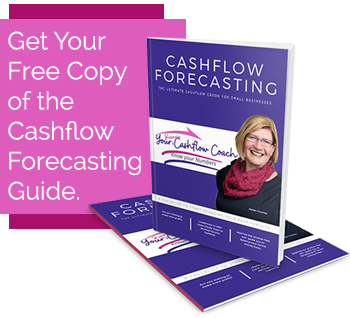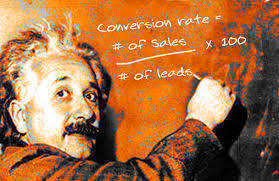Understanding Conversion Rate Optimisation
What is a conversion rate? A conversion rate is a simple formula that represents the number of “Enquiry” taken as a percentage of the Traffic received.
Conversion rate = (Actions ÷ Traffic) × 100
EXAMPLE… Let’s say you’re advertising your website on Google and 2000 people have clicked on your ad (i.e. your traffic = 2000 people). And let’s say 40 people have taken an Action on website. They might have submitted an inquiry form for more information your, or they may have purchased something. Here’s how we’d calculate the conversion rate…
Conversion rate = (40÷2000) × 100 = 2%
What’s the Trick to Boost Your Sales/Services?
You could put money towards increased advertising, marketing and content to boost your sales/services. However that may not change your conversion rate even through it might bring you more traffic and more sales. To increase your conversion rate is about being more efficient and effective in your approach and gaining more ROI (return on investment). To increase your conversion rate by 50% it may just a matter of tweaking your strategies and gaining 1 or 2 % more enquiries and not actually spending any extra money to gain a better return. That’s right-you simple need to increase your conversion rate a little bit to see much better sales. The formula is simple: the higher your conversion rate, the more sales your business gets for its investment.
Here are 6 strategies, both small and big …….
Check that your marketing messages are what meets clients pain or pleasure.
1. Value for Money Proposition
Value proposition: What is the major reason a customer should buy from your business? It’s how you explain why anyone should buy from you and how customers will benefit from doing so.
2. Get to the Point
Go for short and sweet. Forget long and convoluted. Your viewers are pressed for time, and many are multi-tasking. You want to make their experiences on your site as easy as possible.
3. It takes Time to Capture Sales
A rule of thumb is that potential customers need at least seven points of contact with a product before buying it. For example, someone needs to hear about a movie seven times (through a friend, in a print ad, from the star’s appearance on late-night TV and more) before deciding to head over to the theatre. Basically, what you do is set up a wide funnel, and do not rush the sale. Focus on developing multiple channels of content that provide value: for example, blogs, tutorial videos, podcasts, quizzes and any other form of connecting with your buyers
4. Gain Trust
Trust is so important that it deserves its own section.
4 reasons why people won’t by from you:
1. They don’t have money
2. They don’t have a need
3. They are not in a hurry
4. They do not trust you.
There is little, if anything, you can do about the first three items. But trust – There is plenty you can do there. Consistent regular updates, messages and ideas will build trust. Ensure links work and your information is correct and up todate.
5. Show The Proof
Proof, like trust, is so critical that it deserves its own section. People want to believe. They really do. But they need proof. Go over your website, and list each and every claim you make. It must have some sort of proof.
6. Make Buying Easy
You want the entire sales process to be easy-peasy for your customers. Don’t rush them, don’t subject them to heavy sales pitch, don’t force them to jump through hoops, and don’t leave them hanging. That means having intuitive design in which your buyers easily figure out what to click and where. Don’t hide anything. Instead, emphasize the benefits of your product. For example, you may offer a lower price or a more-extensive warranty or personal support.
All of these things will gain the trust a buyer needs to invest in your product.




